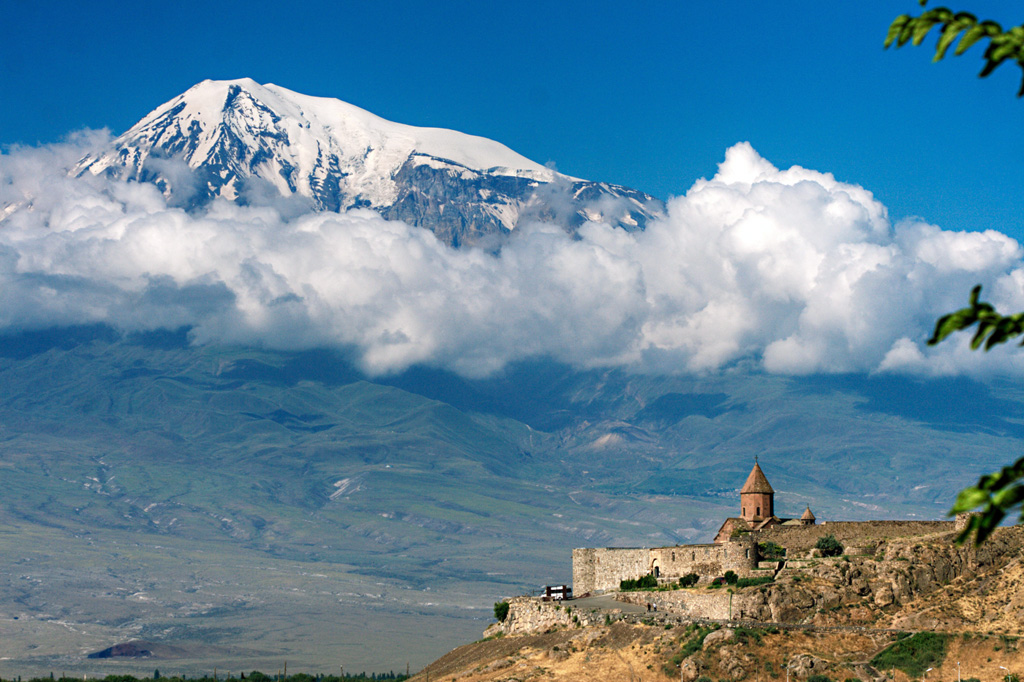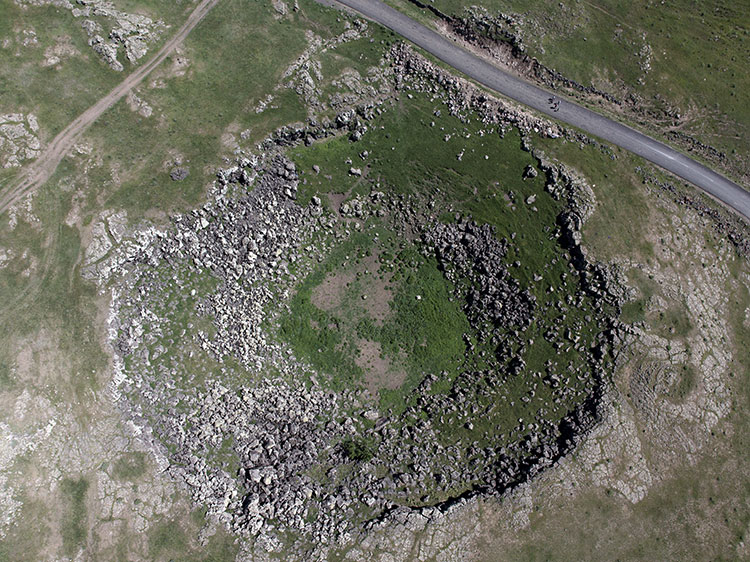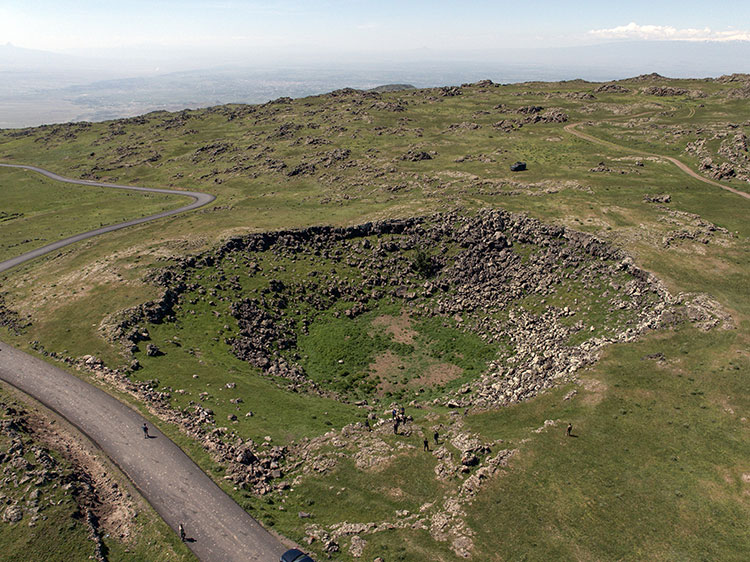
Visitors will be able to visit the hole made by the meteorite that fell on Mount Ararat 1 million years ago
Work is underway to open the meteorite pit, which was formed when a meteorite hit Mount Pain, Türkiye’s largest mountain, 1 million years ago, to visitors.
Mount Ararat (Ağrı Dağı) is also known as the mountain where the ark of the prophet Noah ran aground after the flood.

Mount Ararat is an extinct volcano with a height of approximately 5137 meters. Rising on the Eastern Anatolian Volcano range, this mountain is located at the border junction of Türkiye, Iran and Armenia.
Korhan Meteorite Pit, which is planned to be opened to visitors, is a crater located on the Korhan Plateau at an altitude of 2,500 meters in the Mount Ararat National Park. It is 100 meters in diameter and 30 meters deep.
📣 Our WhatsApp channel is now LIVE! Stay up-to-date with the latest news and updates, just click here to follow us on WhatsApp and never miss a thing!!

Korhan Meteorite Pit is one of the largest meteorite pits in Türkiye.
Iğdır governorship started a study to make Korhan Meteor Pit known.
Governor Ercan Turan said, “Bringing these values to the forefront is one of our most important missions. It is one of the places that should be seen and recognized in our province, region and Türkiye.”

Emphasizing that the meteorite pit is a curious and little-known richness, Turan said, “It is a natural formation, maybe it formed 1 million years ago, but it still bears the traces of its effects, the surrounding rock structures. As a result of the impact, it is about 30 meters deep and affected 3-4 kilometers. It is one of the rare meteor pits in terms of the history of science and the tourism potential of our province.”
How to get to Korhan Meteor Pit?
To reach the Korhan Meteorite Pit, you need to set off from Ağrı and climb up to 2,500 meters.
It is easiest to reach the most suitable point to climb the Meteorite Pit by car from Ağrı.
You may also like
- A 1700-year-old statue of Pan unearthed during the excavations at Polyeuktos in İstanbul
- The granary was found in the ancient city of Sebaste, founded by the first Roman emperor Augustus
- Donalar Kale Kapı Rock Tomb or Donalar Rock Tomb
- Theater emerges as works continue in ancient city of Perinthos
- Urartian King Argishti’s bronze shield revealed the name of an unknown country
- The religious center of Lycia, the ancient city of Letoon
- Who were the Luwians?
- A new study brings a fresh perspective on the Anatolian origin of the Indo-European languages
- Perhaps the oldest thermal treatment center in the world, which has been in continuous use for 2000 years -Basilica Therma Roman Bath or King’s Daughter-
- The largest synagogue of the ancient world, located in the ancient city of Sardis, is being restored











Leave a Reply